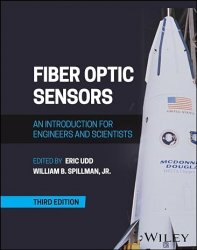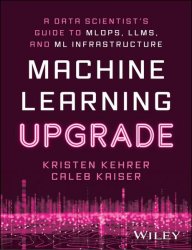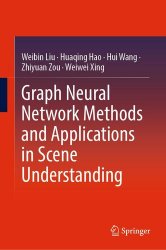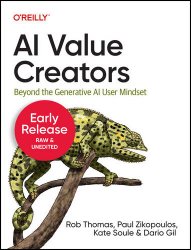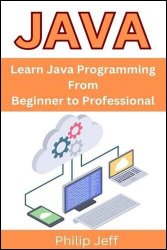 Название: Human-Robot Interaction: An Introduction, 2nd Edition
Название: Human-Robot Interaction: An Introduction, 2nd EditionАвтор: Christoph Bartneck, Tony Belpaeme, Friederike Eyssel, Takayuki Kanda
Издательство: Cambridge University Press
Год: 2024
Страниц: 323
Язык: английский
Формат: pdf (true)
Размер: 24.0 MB
The role of robots in society keeps expanding and diversifying, bringing with it a host of issues surrounding the relationship between robots and humans. This introduction to human–robot interaction (HRI) by leading researchers in this developing field is the first to provide a broad overview of the multidisciplinary topics central to modern HRI research. Written for students and researchers from robotics, Artificial Intelligence (AI), psychology, sociology, and design, it presents the basics of how robots work, how to design them, and how to evaluate their performance. Self-contained chapters discuss a wide range of topics, including speech and language, nonverbal communication, and processing emotions, plus an array of applications and the ethical issues surrounding them. This revised and expanded second edition includes a new chapter on how people perceive robots, coverage of recent developments in robotic hardware, software, and Artificial Intelligence, and exercises for readers to test their knowledge.
Middleware is software that sits among software components, such as commonly available library modules and the application modules that the developers created for a specific purpose, as well as the operating system of the robot’s computer. It is often considered as the “software glue” because its function is to ease the connection of those software components.
One of the functions of robotics middleware is to deal with the heterogeneity of hardware. Some applications are flexible about the type of sensors the robot uses as long as similar sensor data are provided. For instance, a 3D LiDAR could provide 3D distance data, but these data can be converted into the kind of 2D data that a 2D laser range finder provides. On the middleware, we can standardize a data format for 2D laser range finders so that we can use 2D laser range finders from different companies, as well as other sensors that output distance information, such as depth sensors and 3D LiDAR, in a similar way.
The Robot Operating System (ROS) is a middleware platform commonly used in the robotics and HRI community. The name is somewhat misleading because ROS actually is not an operating system, such as MacOS, Linux, or Windows. Rather, it is a collection of software modules and tools. It deals with communications between sensors and modules and offers libraries and tools to support frequently used robot abilities, such as localization and navigation. ROS has a large community of users who often share modules on public open-source software repositories. The more developers use and extend this middleware to different sensors and actuators, the more attractive this platform becomes.
Many modules in the software perform some kind of intelligent processing. Those often benefit from techniques known as Artificial Intelligence (AI) or Machine Learning. Although AI and Machine Learning are broad techniques, here we will focus on introducing some key concepts most relevant to HRI. We provide a basic introduction to supervised learning, followed by computer vision, which is one of the typical applications of supervised learning. Other types of Machine Learning, such as generative models (to be used for speech synthesis and language generation; see Chapter 7) and reinforcement learning, will also be introduced.
Computer Vision is an important area for HRI. In essence, computer vision interprets a 2D array of numbers when working with single images, or a series of 2D images recorded over a period of time when working with video data. Computer vision can be rather straightforward and still very effective in the context of HRI. Motion detection, for example, can be achieved by subtracting two camera images taken just a fraction of a second apart. Any pixels that captured motion will have a nonzero value, which in turn can be used to calculate the region with the most motion. When used on a robot, a motion detector lets the robot orient itself toward the areas with the most motion, providing the illusion that the robot is aware of things moving, which, in the context of HRI, often involves people gesturing or talking. Another computer-vision technique relevant to HRI is the processing of faces. The ability to detect faces in an image has advanced and can be used, for example, to let the robot look people in the eye. Face recognition is still a challenge, however. Impressive progress has been made in the last decade, mainly fueled by the evolution of Deep Learning, and it is now possible to reliably recognize and distinguish between hundreds of people when they are facing the camera.
Скачать Human-Robot Interaction: An Introduction (2nd Edition)
[related-news] [/related-news]
Комментарии 0
Комментариев пока нет. Стань первым!





